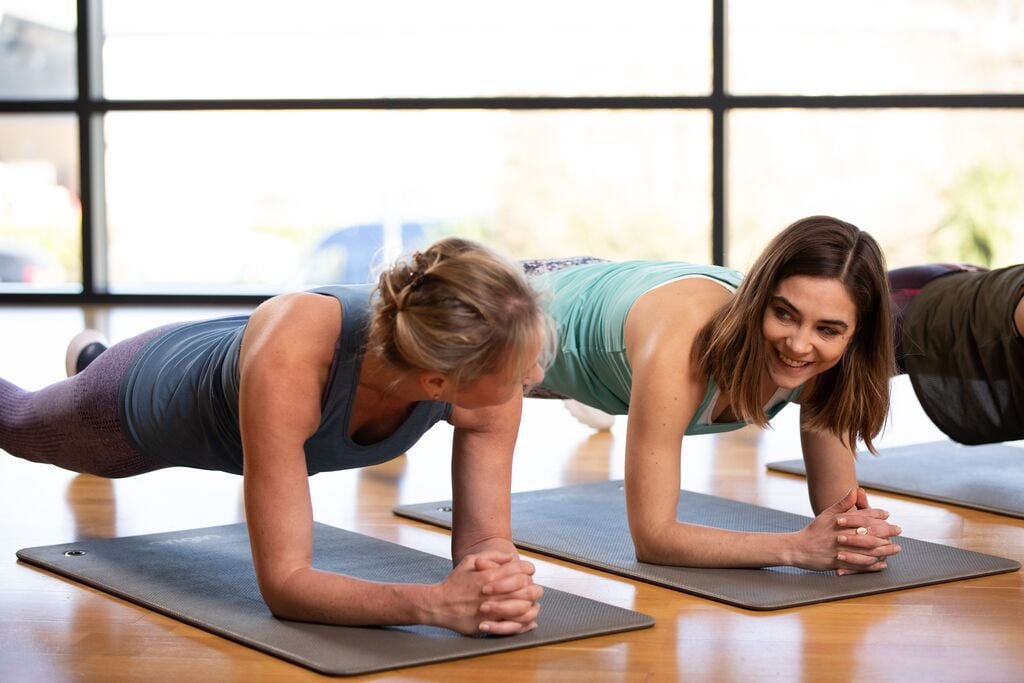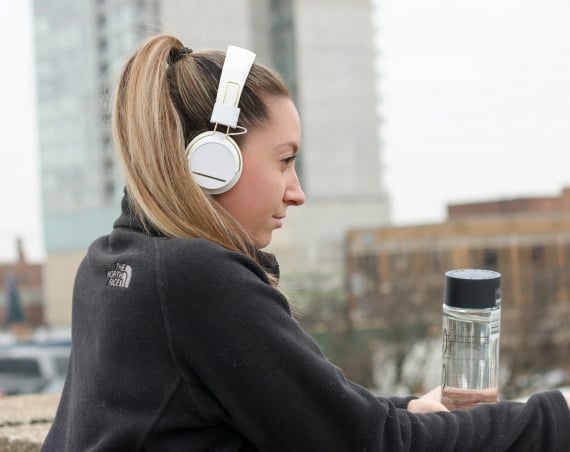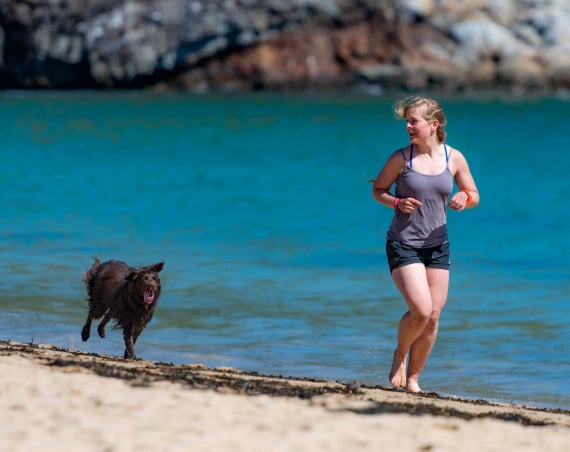Core exercises should play a key part in everyone’s exercise routine.
Firstly, having a strong core can really improve your everyday mobility and help prevent injury – particularly when it comes to back pain.
Secondly, a strong core can improve your ability to perform different types of exercise, from classes to sports. If you’re a runner, for example, the core holds the back straight, the pelvis still and ensures good, healthy posture.
So, what is your core?
- Your core refers to those deep muscle layers that lie close to your spine, within the abdominals. They provide structural support for your entire body and are responsible for your balance, posture, mobility and co-ordination.
- Your core is divided into two groups: the major and minor core muscles. The major muscles are located on the trunk (mid-section of your body), and include the belly, pelvic floor, the mid and lower back areas. Your minor core muscles assist the major muscles when engaging in activities or movements which require added stability.
- Your core acts as the foundation for your body movements: it enables mobility in both the upper and lower limbs, stabilisation of your ribcage, spine and pelvis.
What happens when you have a weak core?
Our modern lifestyles mean that we often spend large amounts of time in sedentary positions, causing certain core muscles to become inactive. This can mean losing the ability to actively engage our core while carrying out everyday movements such as bending and lifting.
As a result, other muscles ‘take over’, which can lead to muscle imbalances (one muscle becomes stronger than its opposing muscle), and sometimes this can cause injury.
What does core stability mean?
When carrying out everyday movements such as bending, lifting, sitting down, rotating, running or even walking, your core muscles are activated and work to stabilise your back, whilst your major muscles in your lower body, (the glutes and quads), work hard to stabilise your pelvis in a healthy position.
Heathy posture and healthy training sessions all rely on strong core stability, so you should try to include some core stability training in your gym workouts.
How to you increase your core strength?
Core exercise isn’t about working towards six-pack abs. It can offer full-body workouts which will improve your overall fitness levels at the same time as strengthening the core.
You can carry out core strength exercises at home with minimal or no equipment. These include planks, glute bridges and bird dogs. Try to do a couple of sets of core-strengthening exercises three times a week.
Maintaining good form is vital to getting the best and healthiest results, so keep focused on maintaining good spinal and hip alignment as you exercise.
If you’re a gym member, look out for classes with a focus on core strength. At David Lloyd Clubs, for example, we have a variety of sessions that’ll help to strengthen your core through different exercises.
Choose from:
PILATES –
SYNRGY 360-Core
BARRE CONDITIONING
ABS BLAST
CORE STABILITY
BALLET FUSION
Find your local David Lloyd Club, and book your core strengthening class now.
Classes are available at selected clubs, check your local club’s timetable.






